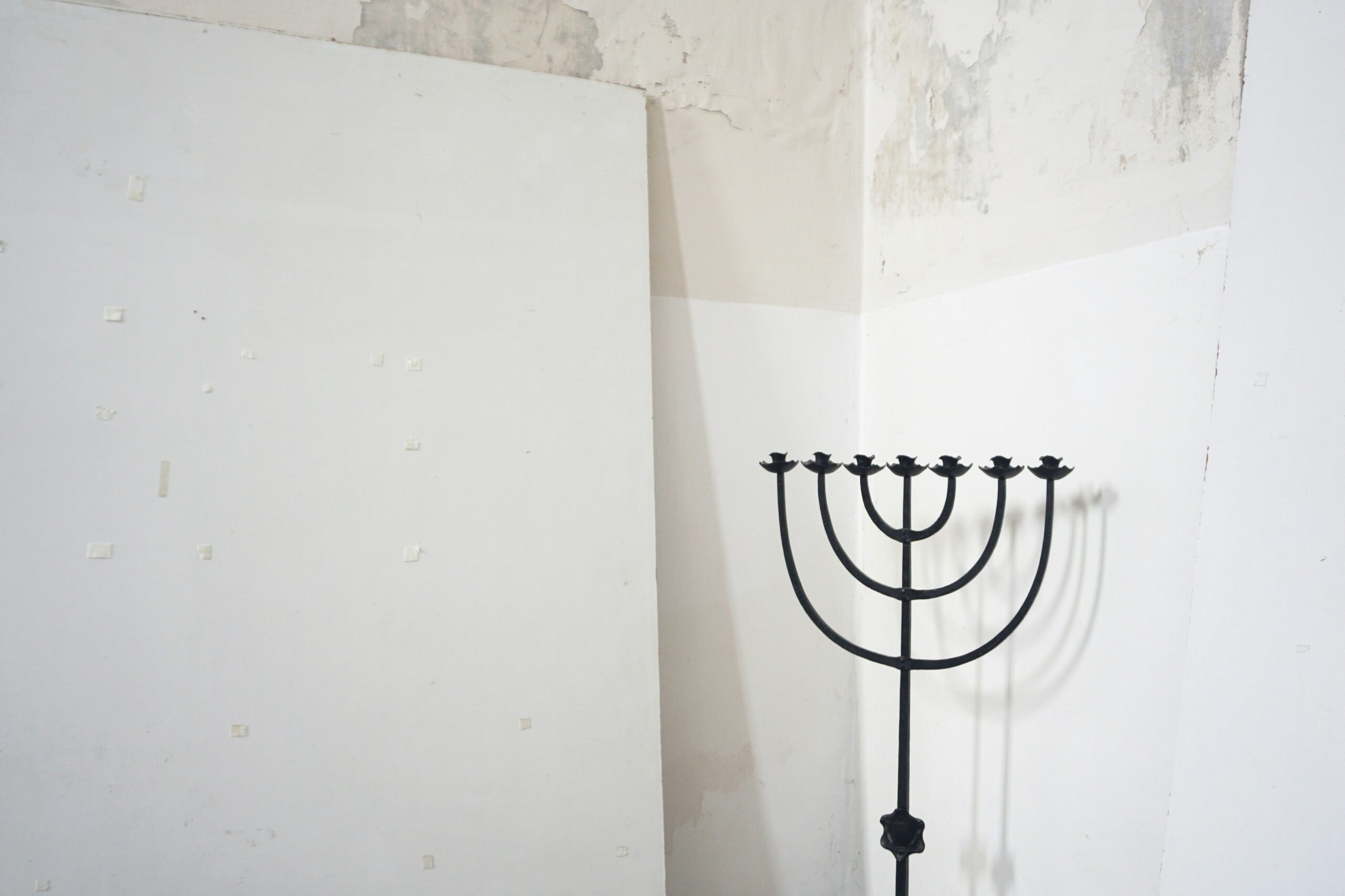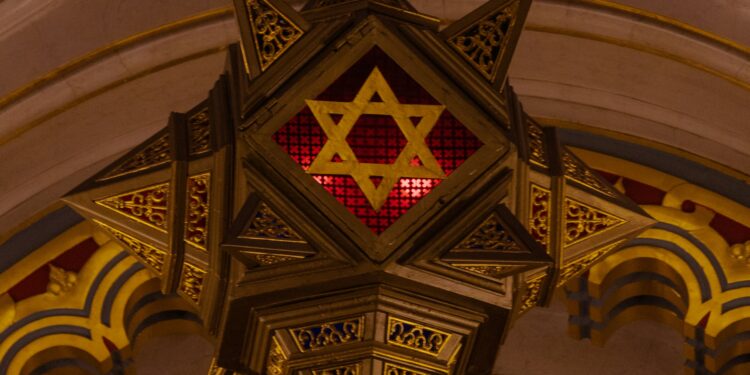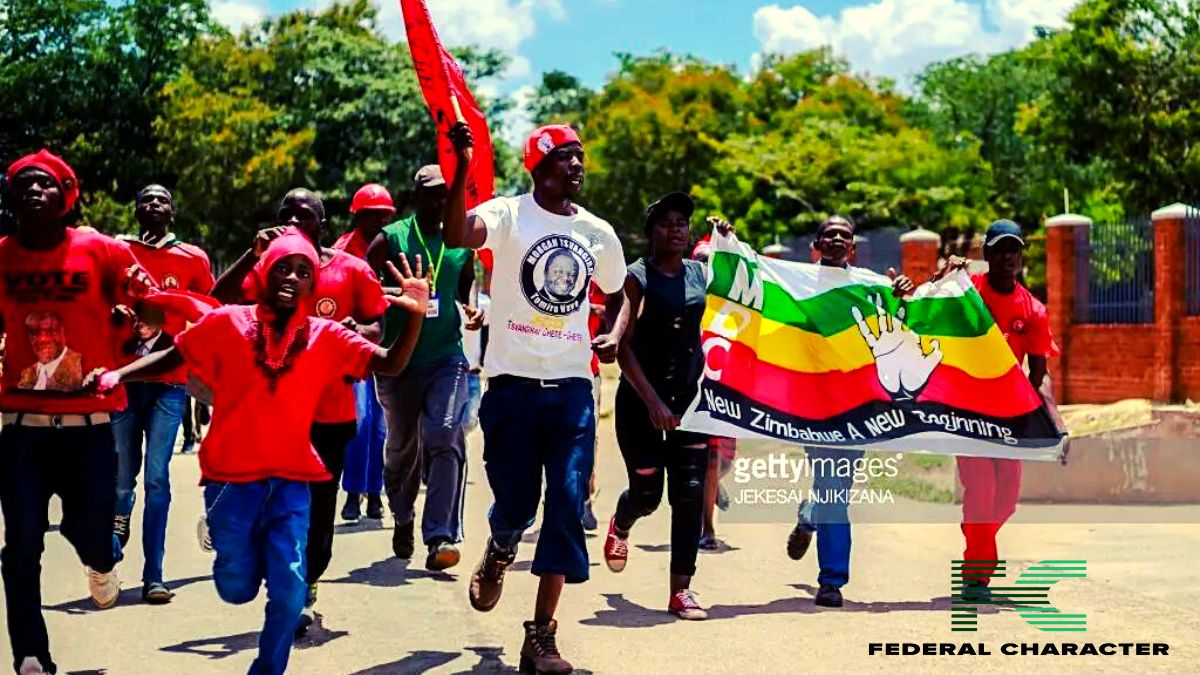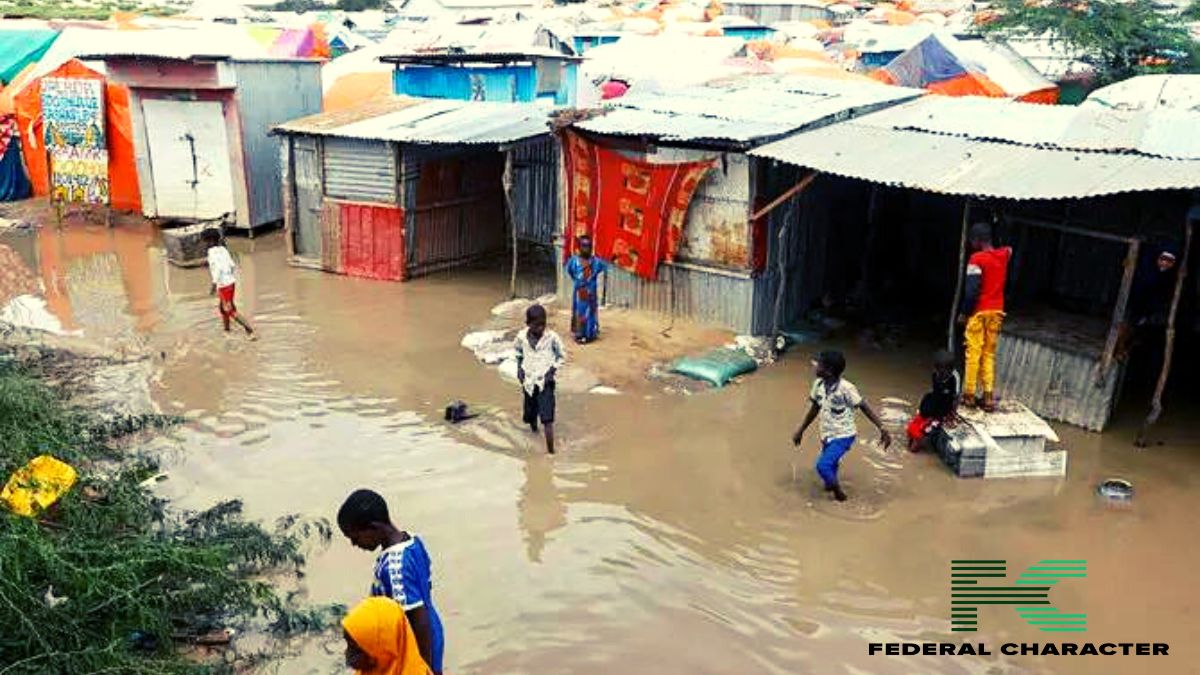This minute-by-minute account of the Heaton Park Synagogue attack on Yom Kippur reveals the lightning-fast, brutal efficiency of a terror plot and the immediate reaction from Greater Manchester Police alongside the strategic decisions made in the 30 minutes that defined the crisis.
The Timeline;
At 09:31 BST, the security apparatus of Greater Manchester was thrown into chaos. Reports filtered in of a vehicle weaponized against a crowd outside the Heaton Park Hebrew Congregation Synagogue, swiftly followed by news of a stabbing.
The perpetrator chose the holiest day in the Jewish calendar, Yom Kippur, not just for maximum impact but for maximum attendance, making Prime Minister Keir Starmer’s later condemnation that the timing “makes it all the more horrific” tragically accurate.

This six-minute window, where a vehicle and knife were deployed as weapons, highlights the speed of modern terror attacks. The initial response from the public and local security was immediate, prompting the first call to police. The sheer speed of events necessitates a security posture that is always proactive, especially around sites of religious significance on major holidays.
By 09:37, just six minutes after the initial report, Greater Manchester Police (GMP) declared a major incident and initiated Operation Plato. This is the critical turning point. Operation Plato, a specific counter-terrorism response for a fast-moving, marauding attack where the threat is mobile and not contained, required an immediate, armed response to neutralize the threat before prioritizing casualty treatment.
The decision to escalate was validated one minute later, at 09:38, when GMP firearms officers engaged the suspect, firing shots. The speed of the armed response (within seven minutes of the first alarm) is a testament to the deployment capabilities of the force in a high-alert environment. The immediate outcome was the presumed neutralization of the suspect.
However, a detail immediately complicated the scene: the suspect was believed to have “suspicious items on his person.” This forced a necessary, yet agonizing, pause in confirming the suspect’s condition and ensuring the scene was safe. The deployment of the bomb disposal robot, visually confirmed by 10:45, was a direct and responsible consequence of this finding, prioritizing the safety of first responders.
At 09:41, paramedics bravely arrived, beginning the meticulous task of treating the four initially reported injured civilians. Yet, the true scale of the tragedy unfolded later: by 12:11, police confirmed two civilians had died, with three others in a serious condition, in addition to the presumed death of the suspect.
Meanwhile, the analysis of a still image, taken just outside the perimeter fence, provided crucial confirmation of the attacker’s identity and methodology. The image, showing a bald head, beard, dark clothes, and white objects around his waist, was confirmed by BBC Verify to match video of the shooting.
The fact that the image was taken on the western side of the Synagogue and had no prior digital footprint suggests a deliberate reconnaissance and targeting process by the perpetrator. This detail emphasises on the reality that terror attacks are often committed after meticulous planning, demanding consistent, rigorous security patrols of surrounding perimeters, not just the front entrance.
As it currently stands, the next stage of the investigation will center on the forensic analysis of the suspicious items and the attacker’s motivations to close the security gaps exposed on this solemn day.















